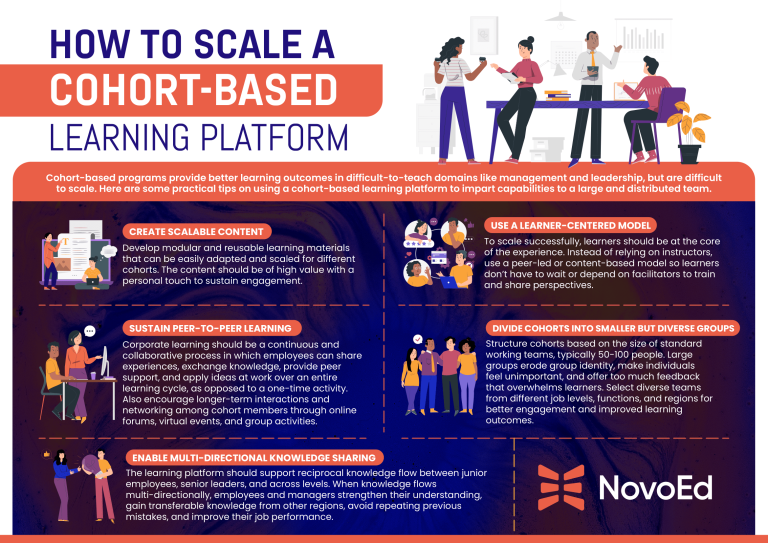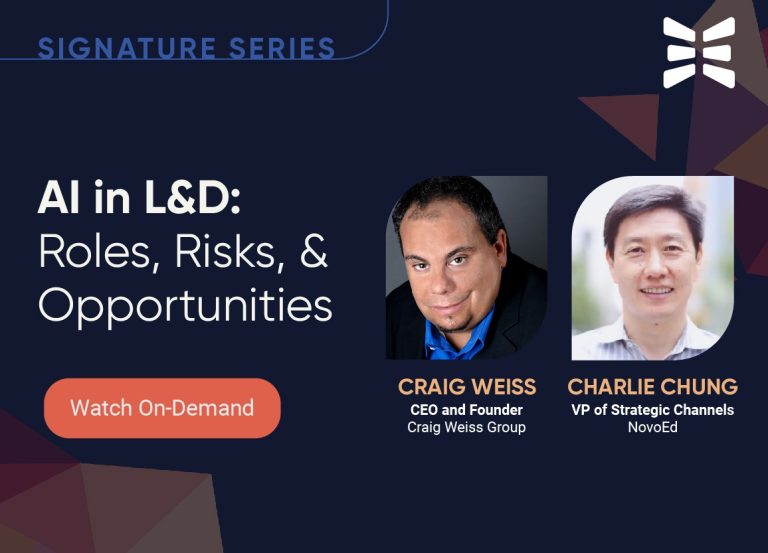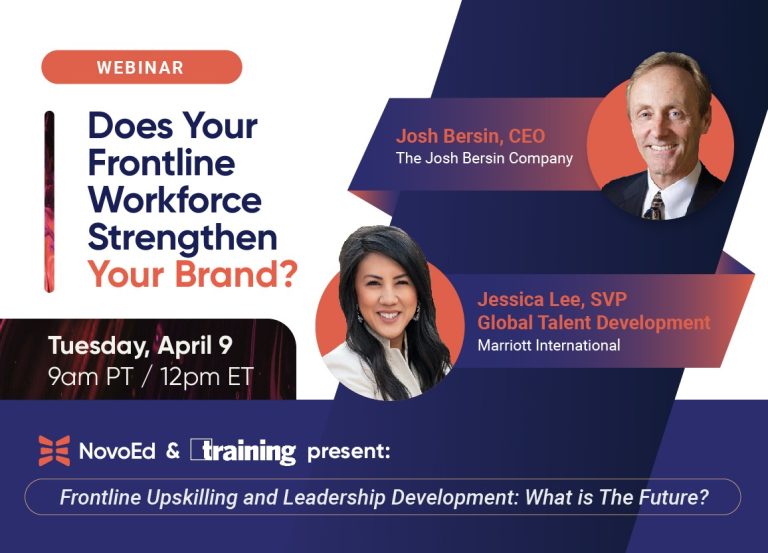Infographic: How to Scale a Cohort-Based Learning Platform
Cohort-based programs provide better learning outcomes in difficult-to-teach domains like management and leadership, but are difficult to scale. Here are some practical tips on using a cohort-based learning platform to impart capabilities to a large and distributed team.

Create scalable content: Develop modular and reusable learning materials that can be easily adapted and scaled for different cohorts. The content should be of high value with a personal touch to sustain engagement.
Use a learner-centered model: To scale successfully, learners should be at the core of the experience. Instead of relying on instructors, use a peer-led or content-based model so learners don’t have to wait or depend on facilitators to train and share perspectives.
Sustain peer-to-peer learning: Corporate learning should be a continuous and collaborative process in which employees can share experiences, exchange knowledge, provide peer support, and apply ideas at work over an entire learning cycle, as opposed to a one-time activity. Also, encourage longer-term interactions and networking among cohort members through online forums, virtual events, and group activities.
Divide cohorts into smaller but diverse groups: Structure cohorts based on the size of standard working teams, typically 50-100 people. Large groups erode group identity, make individuals feel unimportant, and offer too much feedback that overwhelms learners. Select diverse teams from different job levels, functions, and regions for better engagement and improved learning outcomes.
Enable multi-directional knowledge sharing: The learning platform should support reciprocal knowledge flow between junior employees, senior leaders, and across levels. When knowledge flows multi-directionally, employees and managers strengthen their understanding, gain transferable knowledge from other regions, avoid repeating previous mistakes, and improve their job performance.


